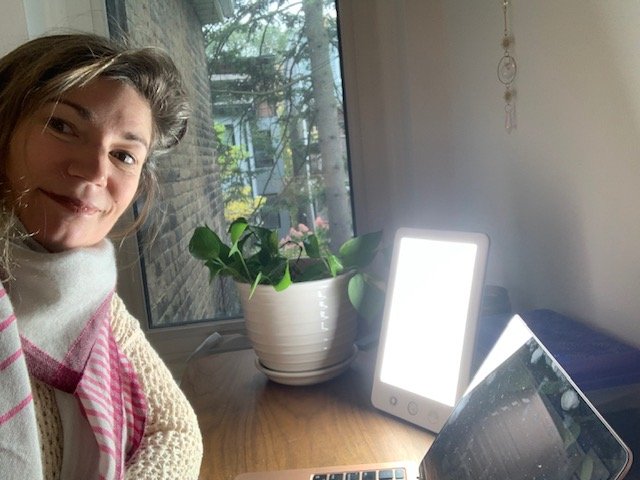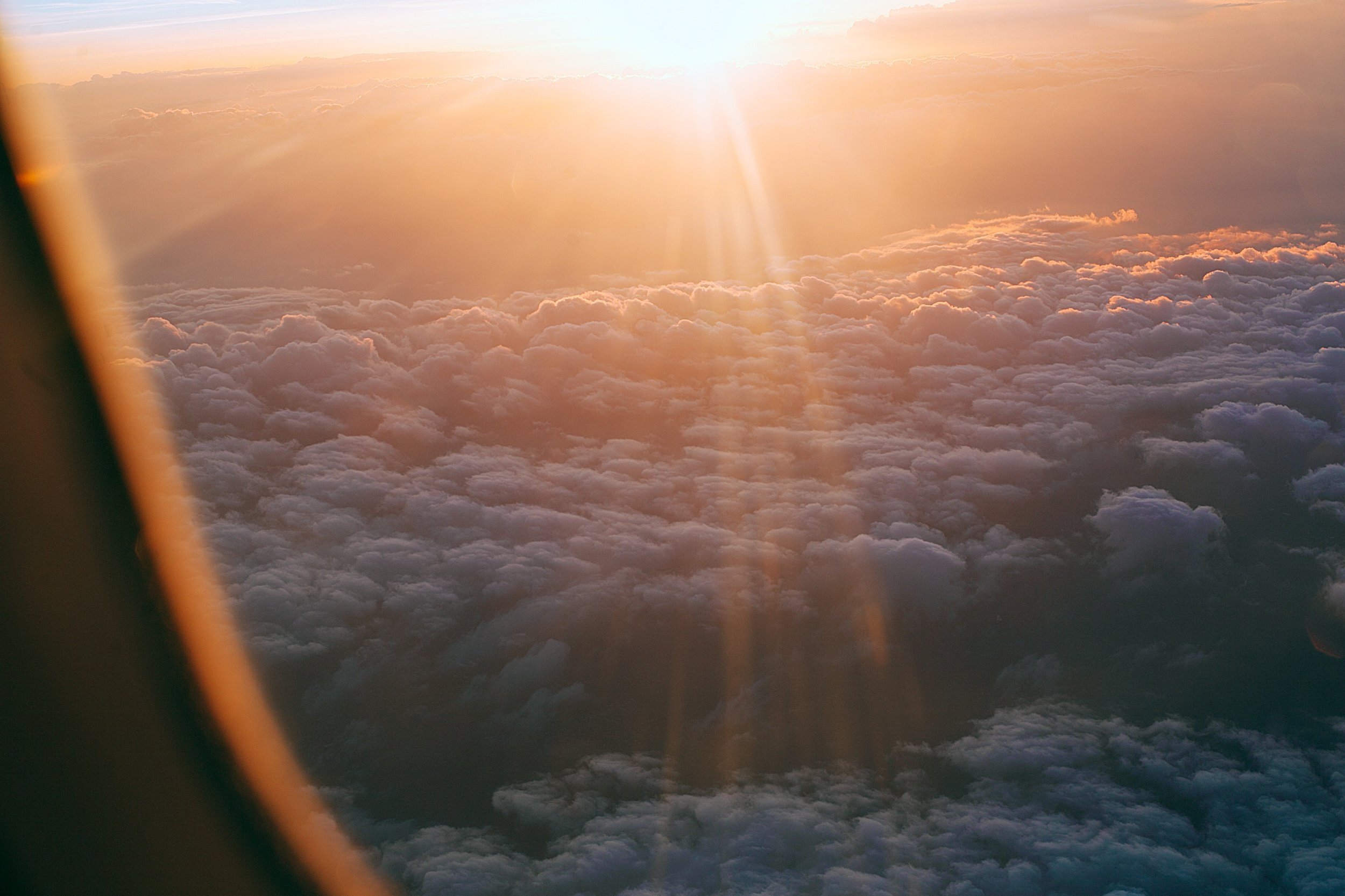Meet My Happy Light
As the seasons turn, and (for some of us) days shorten and temps drop, it’s a good time to think about how we can use light and dark as a lever to help us with mood, energy, focus and …. SLEEP.
I want to introduce you to a new addition to my morning routine - my new HappyLight. Happy lights are also referred to as SAD (Seasonal Affective Disorder) lights, therapy lights, or lightboxes. There are loads out there.
I just started sitting in front of it for 20 minutes when I’m working on my computer in the morning and I can feel a nice boost almost immediately.
If you’ve been following me for a bit, you’ll know I’m not the biggest fan of quick hacks or tricks, because healing sleep often requires a more layered approach. Especially for women.
But…. if I were going to choose one simple change that requires little effort but has big impact - it would be to harness light and dark differently. I actually can really nerd out on this.
It is very cool, what happens to our entire biology when we put ourselves in front of light or dark at different times of day. To think that every cell in our body has a little clock inside of it that responds to light and dark?!
Hundreds of peer reviewed studies back the benefits (especially for sleep) of getting outside into full spectrum light, within 30-60 minutes of waking in the morning. And if you can’t do this, use a high quality light therapy lamp.
I ordered my HappyLight this week because I wanted to test the benefits my clients have been reporting for years, but also because I feel my own sleep needs a boost given the onset of peri-menopause, incoming autumn season, and a big pile up of stress over the past year.
Photo by Tschernjawski Sergej on Unsplash
Here’s how light helps:
Full spectrum morning light shuts off melatonin production (sleep hormone) that might be lingering from the night, making us feel groggy after we wake. We might reach for more caffeine than we actually need, leading to a mid-day crash which necessitates more caffeine and then eventually impairs our sleep.
Light triggers (healthy) cortisol release which we want early in the day to get us moving and focused. Yes, cortisol is good and healthy when released in a regulated way, during the day – peaking shortly after we wake.
Proper morning light simultaneously sets a timer for melatonin release later in the day so we feel sleepy when bedtime approaches. This is helpful for folks who feel low energy during the day and a bit wired at night. We now know that early day light exposure helps us fall asleep and stay asleep at night. It’s like a sleep system calibrater.
Timed light exposure give all of the cells in our biology (which are clock driven) a clear ‘daytime’ signal which sets off a wave or cascade of biological functions that moves us through the day more optimally – everything from mood, energy, digestion, is optimized.
A few things to note:
Ideally exposure happens 30-60 minutes after waking. Being outside without sunglasses (for brief full exposure), or using a light therapy lamp are two great ways to do this. Of course, you’ll never want to stare directly at the sun or your lamp.
You might need 5 mins – 20 mins of exposure, depending on how bright the light is, your eye sensitivity and also whether it’s overcast.
Nope, regular house lights are not strong enough to achieve this!
Dimming lights and avoiding certain kinds of lights (like LED lights), in the evening will help with our bodies’ natural inclination toward sleepiness when bedtime comes.
What can paying attention to light and dark help with?
Light deprivation - Many people experience a change in mood or energy levels when they’re not getting enough daytime light. A change in seasons, night shift work, airplane travel, or a lifestyle that includes a lot of time indoors are all reasons.
Circadian rhythm disruption - Our bodies do their best to maintain regular sleep patterns through the timed release of hormones regulated by our internal clock, otherwise known as circadian rhythms. This internal cycle takes cues from external light sources (like dawn and dusk) to signal the body that it’s time to wake up or go to sleep. Regular indoor lighting, late-night studying and the glow of computer screens and TVs can disrupt these natural cues and make it difficult to sleep well. Studies show that light therapy can help the body re-calibrate and normalize circadian rhythms to help you get a great night's sleep.
Winter Blues or Seasonal Affective Disorder (SAD) is a reaction to the reduced amount of natural daylight available during the winter months. People who suffer from it experience normal health for most of the year but battle fatigue and low energy symptoms when daylight diminishes. They might experience sluggishness, sleep problems, change in food cravings, and even loss of mental clarity, with seasonal shifts.
If you’re interested in using a light therapy lamp, look for 10,000 lux, and a UV filter, to start. There are certain cases when lamps are not recommended, including for those with bipolar disorder and some other mood disorders. Be sure to speak to your MD or psychiatrist before using one.
Leveraging light and dark is always part of a plan when I’m working with folks getting their sleep on track. If you want to learn more about my 1:1 sleep support, I welcome you to book a 20 minute discovery call here. I’d love to chat.
If you use light and dark strategically I’d love to know what you do that works. Send me a note!




